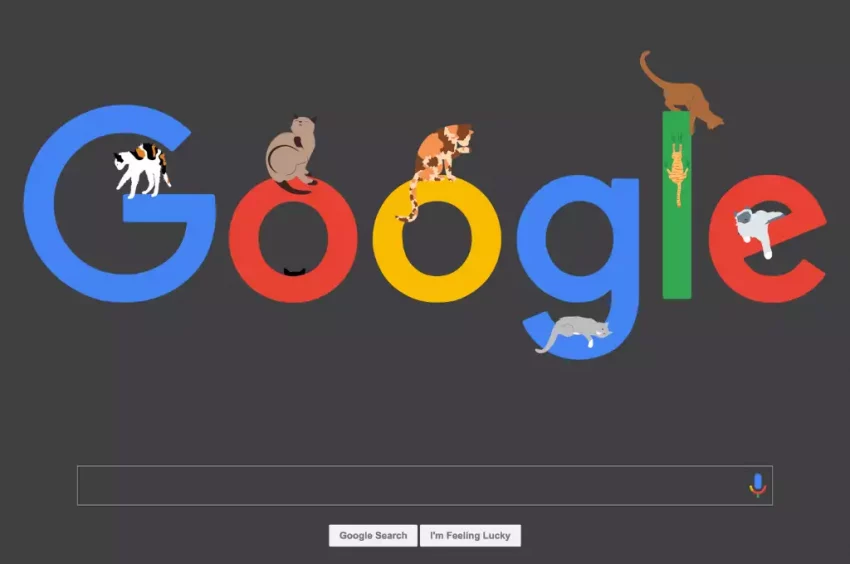Google: A Revolution in Technology and Information
Google is one of the most powerful and pervasive companies on the planet. From its humble beginnings as a search engine to its current status as a global technology powerhouse, Google has transformed the way we interact with the internet, access information, and even live our daily lives. As one of the crucial technology players, continues to influence the evolution of technology, business and society, with a diverse product and service portfolio from search to artificial intelligence (AI).
The Origins of Google
Google was established in September 1998 by Larry Page and Sergey Brin, Stanford University (California) PhD students. The pair started a research study, “BackRub”, in 1996, to enhance the system for search engine ranking based on the analysis of links among web sites. BackRub used a unique algorithm called PageRank, which evaluated the importance of websites based on the number and quality of links pointing to them. The idea was to deliver more relevant and authoritative search results, a breakthrough in the search engine industry, which at the time was dominated by basic, keyword-based algorithms.
In 1998, Page and Brin formally changed their project’s name to e”, from the mathematical root of “googol”, which is the number 1 followed by 100 zeros. This name also referred to their purpose of creating the Internet on an immense scale of data. Initially housed in a garage in Menlo Park, California, Google became immensely popular for its ease of use, speed, and accuracy in providing high-quality search results (for Google), which all came together to allow users to independently learn that all of this could be accomplished with a relatively inexpensive computer. By 2000, Google became the most widely used search engine on the web.
Google’s Growth and Diversification
Search Engine Dominance
Google’s dominance as a search engine is the lifeblood of the company. The company’s search engine algorithm qualified as the new gold standard for web searches, with high relevance, excellent speed and completeness. As time marched on, the improved its search engine with innovations such as customized results, Maps, visual search, and yes, even voice search which consolidated its position in the search arena. At the present time, search engine processes more than 3.5 billionsearches per day, the most used search engine around the world.
Google AdWords and Advertising Model
One of Google’s most significant innovations came in the form of AdWords, the company’s advertising platform, launched in 2000. AdWords allowed businesses to place ads on Google’s search results page, a move that transformed the online advertising landscape. By focusing on relevance and bidding for keywords, Google created a system that made it easy for advertisers to reach users at the right time. Such advertising model turned out to be a great money maker and it enabled Google to get a lot of money. Today, Google’s advertising business, which includes AdWords, YouTube ads, and the Google Display Network, is the largest source of revenue for the company.
Expanding into New Areas: Android and Acquisitions
In 2005 Google purchased Android Inc., a designer of a mobile OS. This purchase enabled the entrance of into mobile market. The Android operating system is currently the most popular in the world, commanding more than 70% of the global smartphone market. Google’s acquisition of Android marked the beginning of its transformation into a more diverse technology company, with interests beyond search.
Over the years, Google continued to acquire innovative companies to expand its product offerings. Some of the most notable acquisitions include:
YouTube (2006): YouTube, the world’s largest video website, has enabled Google to become the undisputed leader in online video content and advertising.
Motorola Mobility (2012): With this acquisition, Google could build its own mobile phones, but the company subsequently sold Motorola’s hardware division to Lenovo.
Nest Labs (2014): Nest is focused on smart home products, including thermostats and smoke alarms, as part of Google’s push into the Internet of Things (IoT).
Waze (2013): An application for navigation in social networks that provides real-time information on traffic.
These acquisitions illustrate Google’s awareness and ability to identify and introduce promising technologies within the ecosystem, thus forming a portfolio of products and services spanning the spectrum from consumer electronics to enterprise software.
Google’s Key Products and Services
- Google Search
Google Search remains the core of the company’s business. It is used by billions of people worldwide to find information, products, services, and answers to everyday questions. Google has kept pace with the need for more sophisticated search functionality, adding features such as rich snippets, voice search, and fast response. It has also provided tools, such as Google Scholar for academic research, Google News for new aggregation, and Google Shopping for e-commerce.
